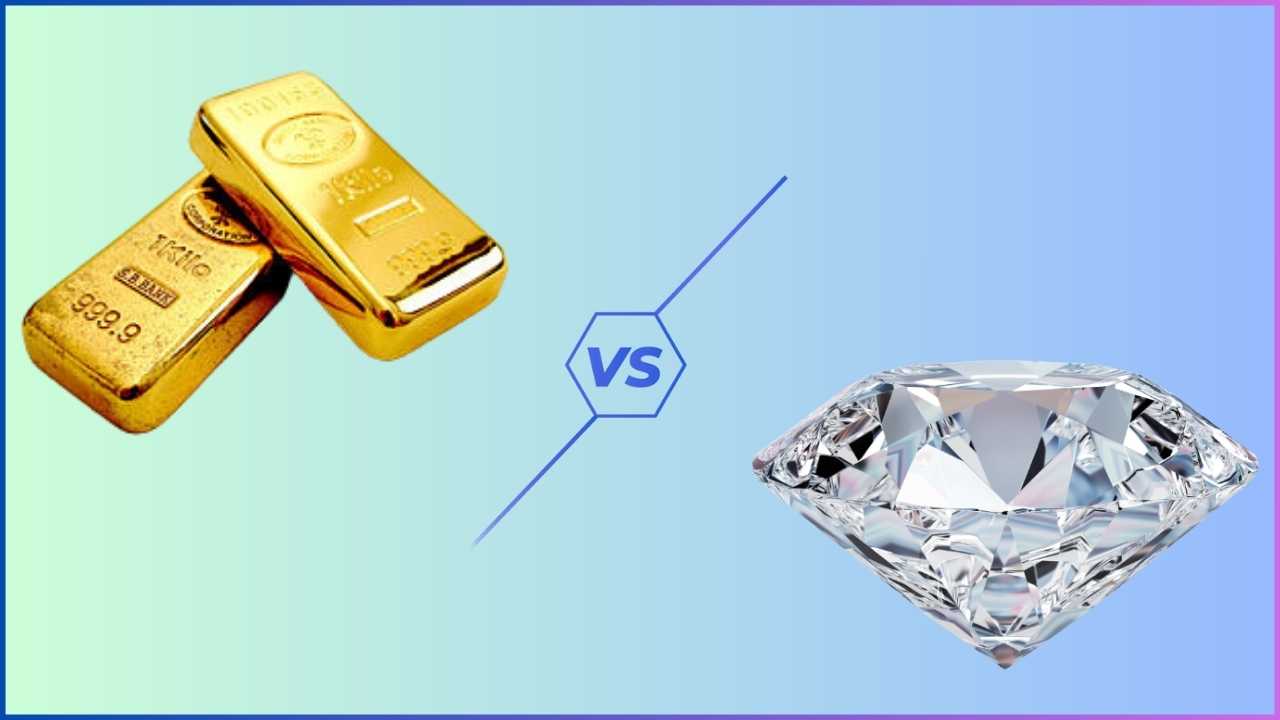When you put money into something—stocks, mutual funds, real estate—you want to know how much you’ve profited. Percentage gain is an easy way to calculate this profit. It shows you how much your money has increased, as a percentage of what you originally paid.
Defining Percentage Gain
Percentage gain shows the return on an investment compared to its original cost.
- If your investment value goes up, the percentage gain is positive (a profit).
- If the value goes down, it’s negative (a loss).
Example:
You buy shares for ₹10,000. Later, you sell them for ₹12,000.
- Gain = ₹12,000 − ₹10,000 = ₹2,000
- Percentage gain = (₹2,000 ÷ ₹10,000) × 100 = 20%
Why Percentage Gain Matters
- Easy Comparison
You can compare returns from different investments, even if you invested different amounts. - Full‑Picture Analysis
It can include fees, taxes, and dividends to show your true net gain. - Risk Insight
A large gain or loss percentage may signal how volatile (risky) an investment is. - Goal Setting
You can set targets (e.g., “I want a 15% gain this year”) and track progress against benchmarks.
The Percentage Gain Formula
To calculate percentage gain:
% Gain = [(Selling Price – Purchase Price) ÷ Purchase Price] × 100
- Selling Price = the amount you sold the investment for
- Purchase Price = the amount you originally paid
Step‑by‑Step Example
- Stock Purchase
- You buy stock for ₹50,000.
- Later, it’s worth ₹60,000.
- Gain = ₹60,000 – ₹50,000 = ₹10,000
- Percentage gain = (₹10,000 ÷ ₹50,000) × 100 = 20%
- Another Stock
- Purchase price = ₹100
- Selling price = ₹150
- Gain = ₹150 – ₹100 = ₹50
- Percentage gain = (₹50 ÷ ₹100) × 100 = 50%
Using Percentage Gain Across Assets
- Stocks & Mutual Funds:
Calculate the difference between sell and buy price, divide by buy price, then ×100. - Real Estate:
Difference between sale price and initial purchase price ÷ initial price ×100. - Considerations:
- Taxes: Capital gains tax can lower your net gain.
- Fees: Brokerage, commissions, and other charges reduce final profit.
- Unrealized vs. Realized:
- Unrealized gain is on paper (you haven’t sold yet).
- Realized gain is when you actually sell and lock in profit.
Simple Percentage Gain vs. CAGR
- Simple Percentage Gain:
Shows total gain over any period. It does not account for compounding (reinvesting profits). - Compound Annual Growth Rate (CAGR):
Calculates an average annual growth rate, assuming profits are reinvested each year.- Better for comparing long‑term investments because it smooths out year‑to‑year ups and downs.
Common Mistakes to Avoid
- Ignoring Fees & Taxes:
Always subtract expenses from your gain to find the true net percentage. - Mixing Up Gain vs. Return:
- Gain = profit as a direct percentage of cost.
- Return can include time value of money and fees.
- Not Adjusting for Time:
A 10% gain in one year is not the same as 10% over five years. Consider CAGR or annualized return.
Percentage Gain vs. Percentage Return
| Key Parameter | Percentage Gain | Percentage Return |
|---|---|---|
| What It Shows | Profit or loss as % of cost | Overall profitability, often annualized, including time value |
| Timeframe | Any period | Usually a specific period (e.g., per year) |
| Calculation | (Final – Initial) ÷ Initial × 100 | (Profit ÷ Initial Investment) × 100 |
| When to Use | Compare total profit/loss across different amounts | Compare efficiency of investments over set periods |
Online Tools for Quick Calculation
- Spreadsheet Functions:
Google Sheets and Excel can compute percentage gain with a simple formula. - Investment Calculators:
Websites like Groww, Zerodha, and others offer ROI and CAGR calculators. - Mobile Apps:
Many trading apps include built‑in gain/loss calculators.
Conclusion
Percentage gain is a straightforward and powerful metric to see how much your investments have grown. By understanding and correctly calculating percentage gain—while accounting for fees, taxes, and time—you can make smarter decisions, set realistic goals, and compare the performance of different assets side by side. Whether you’re a new investor or a seasoned trader, mastering percentage gain lays the foundation for successful investing.











